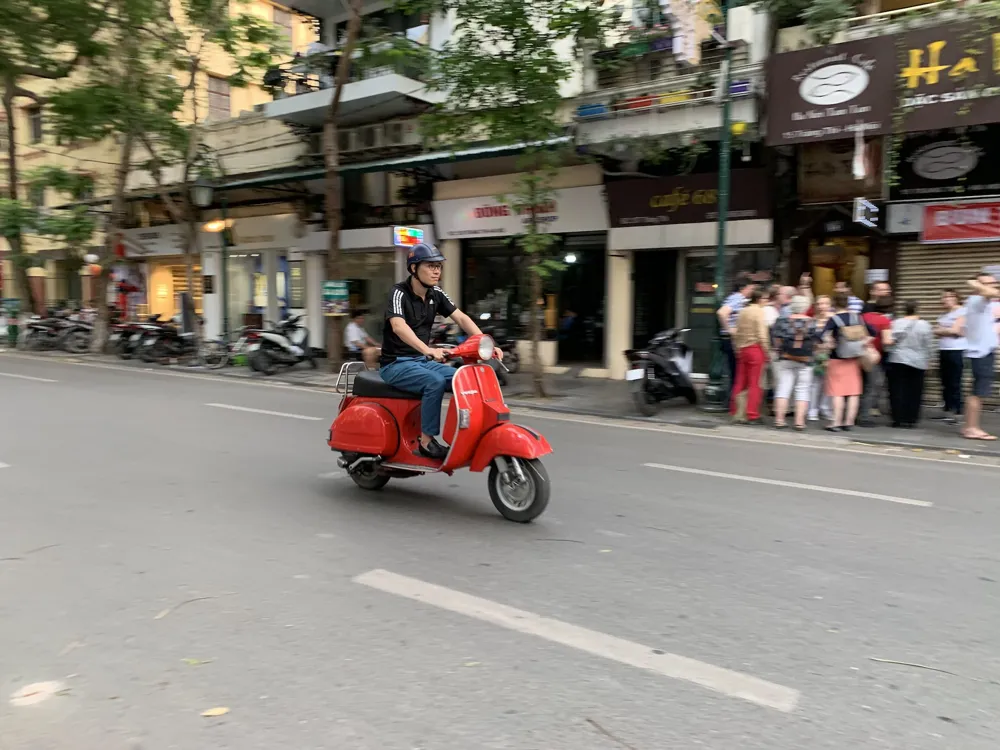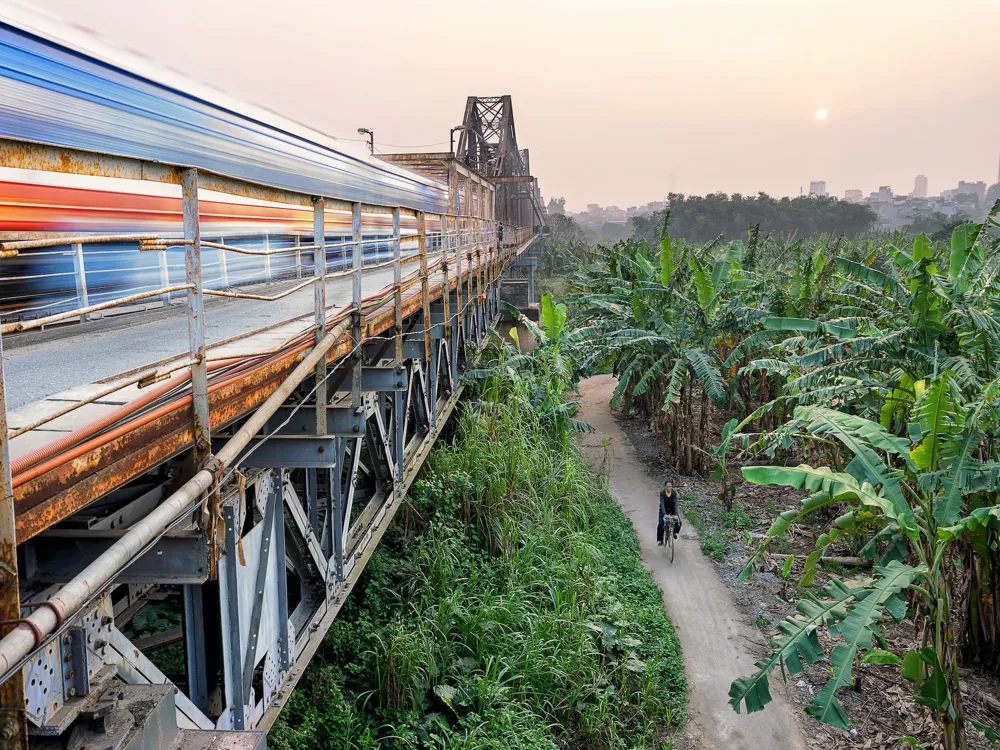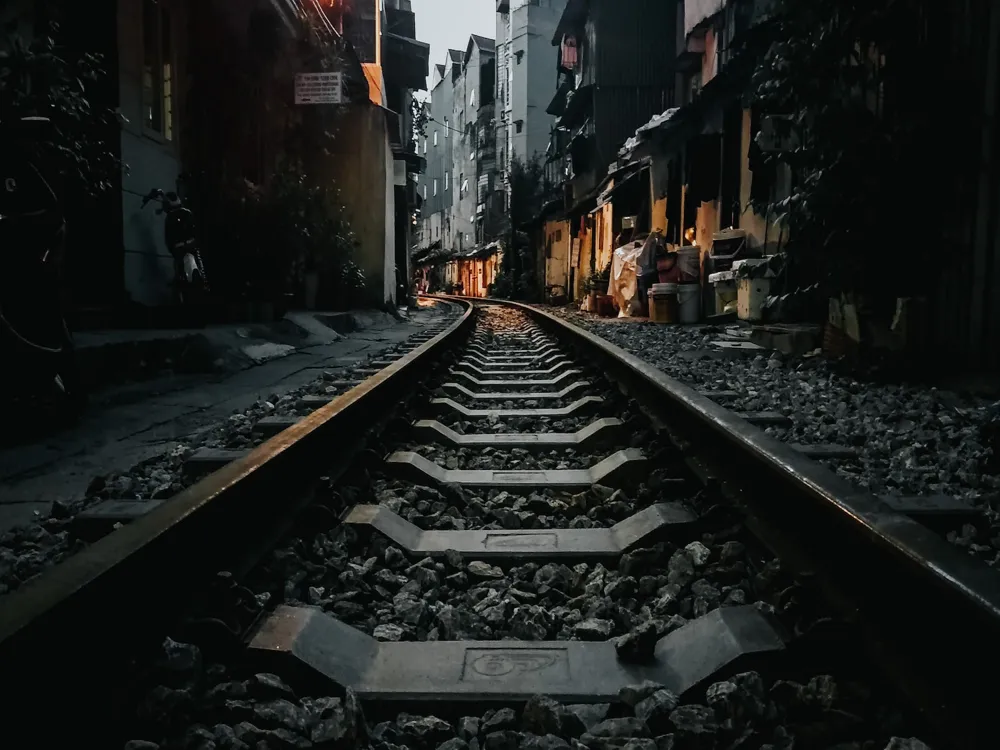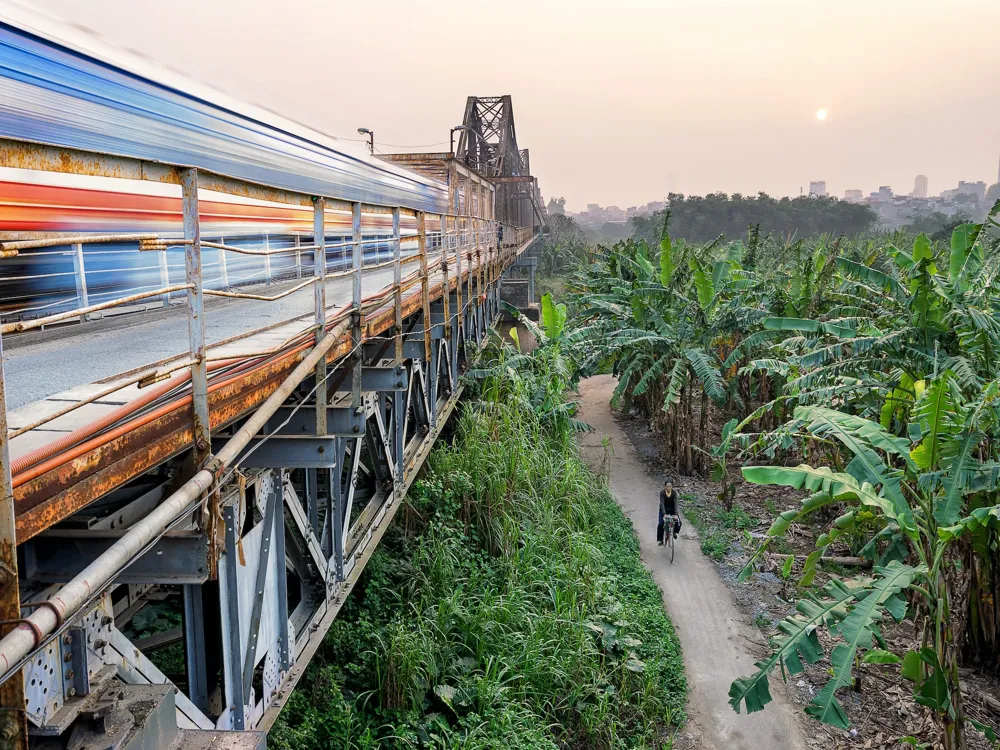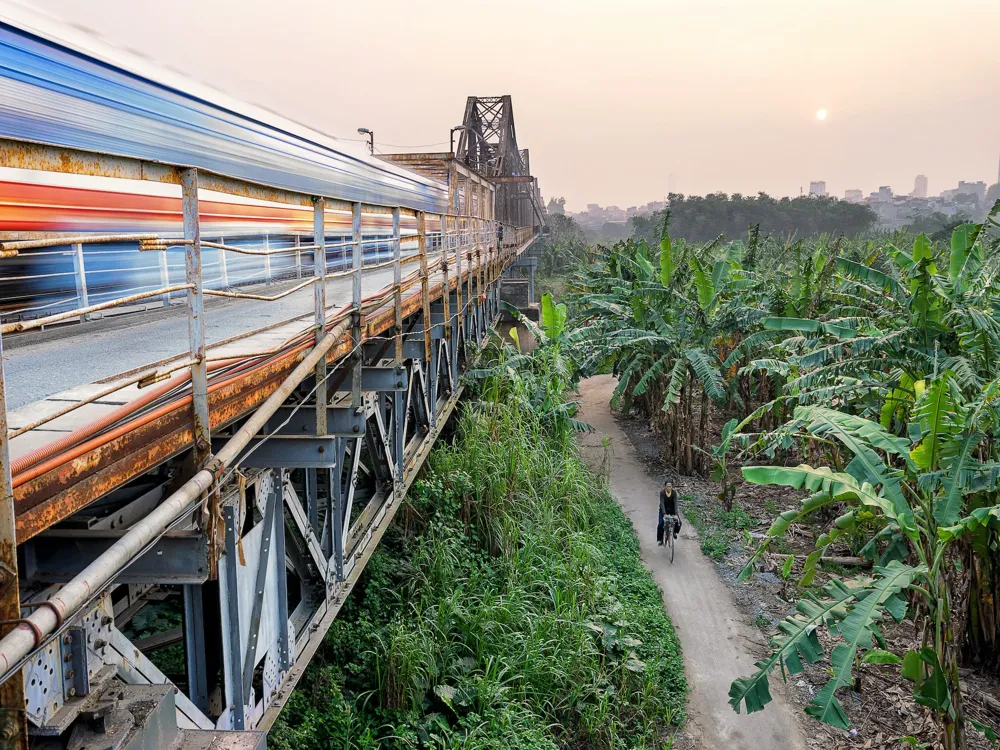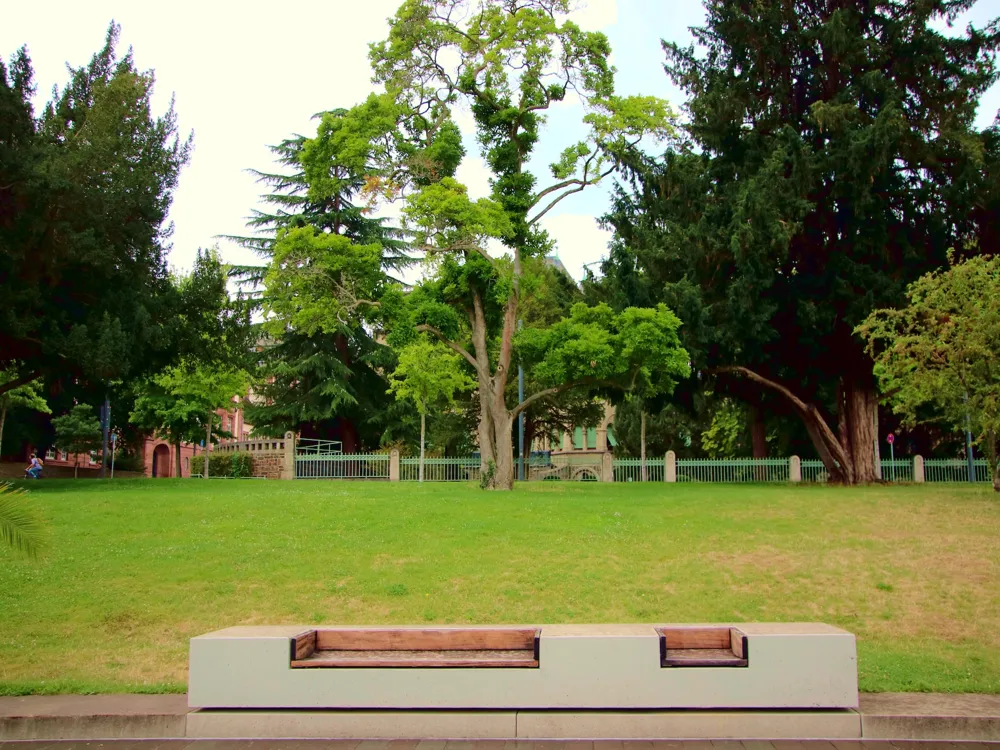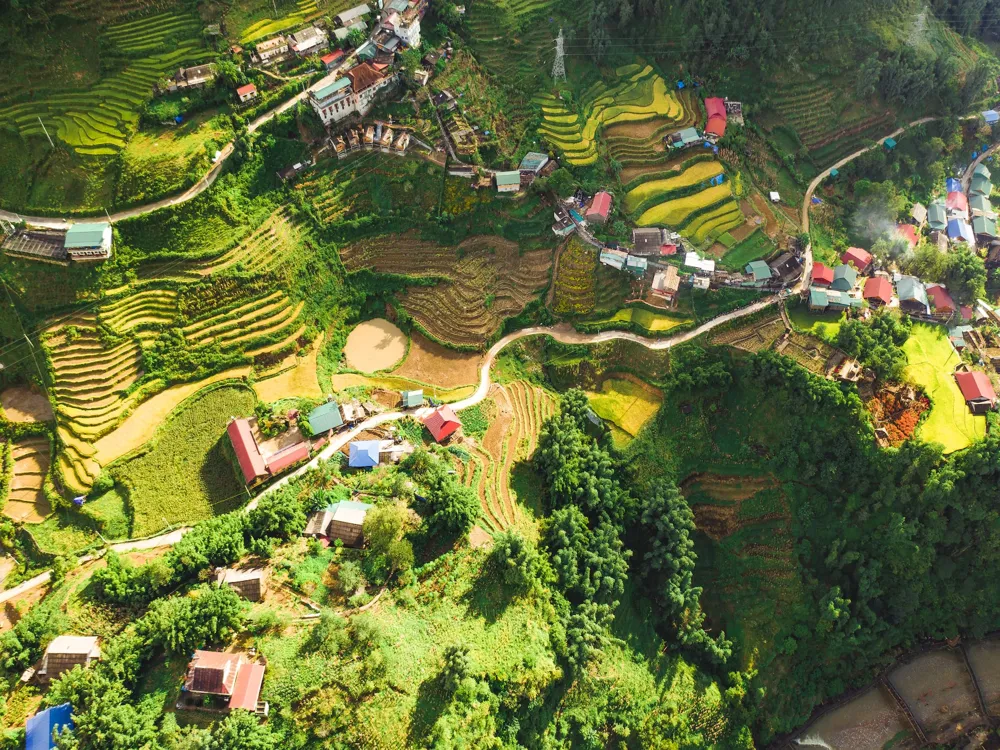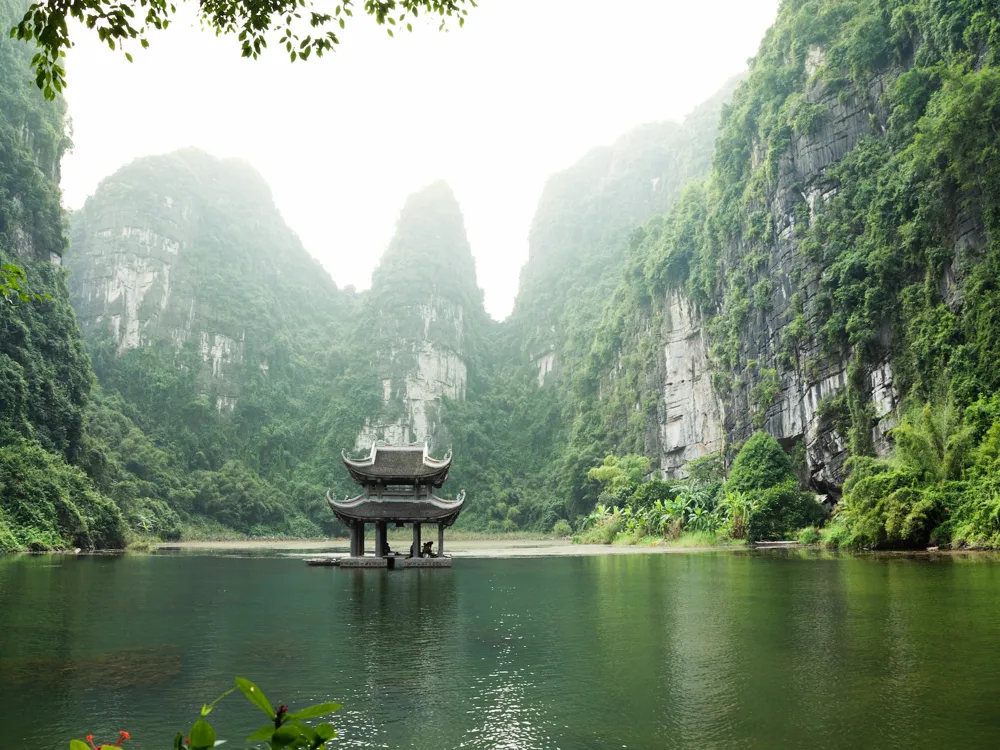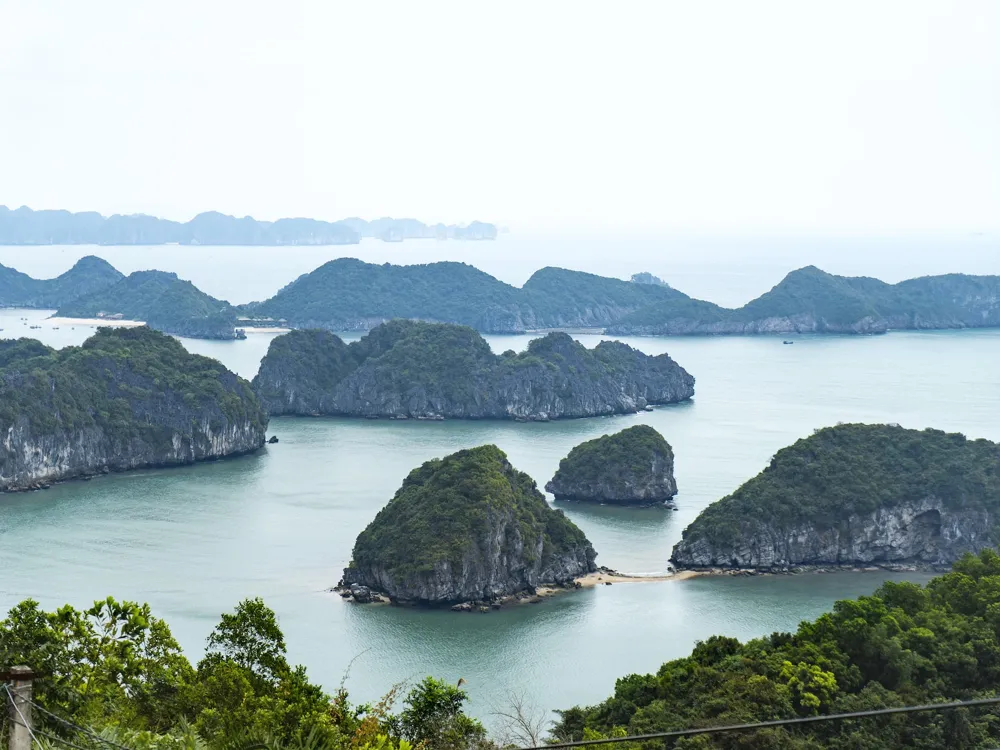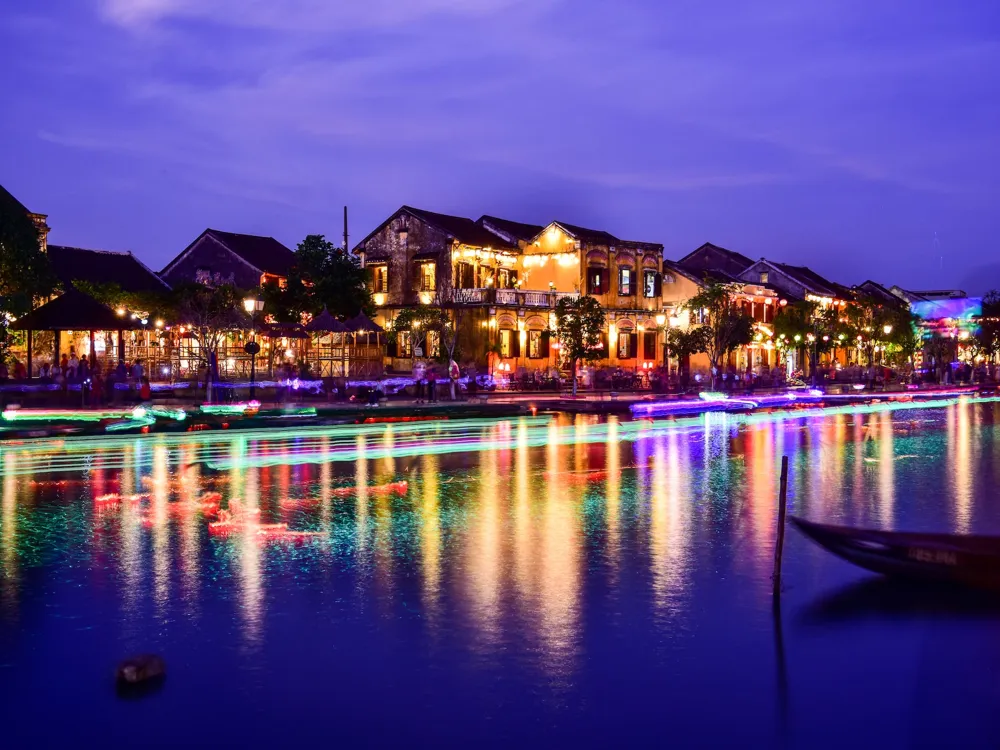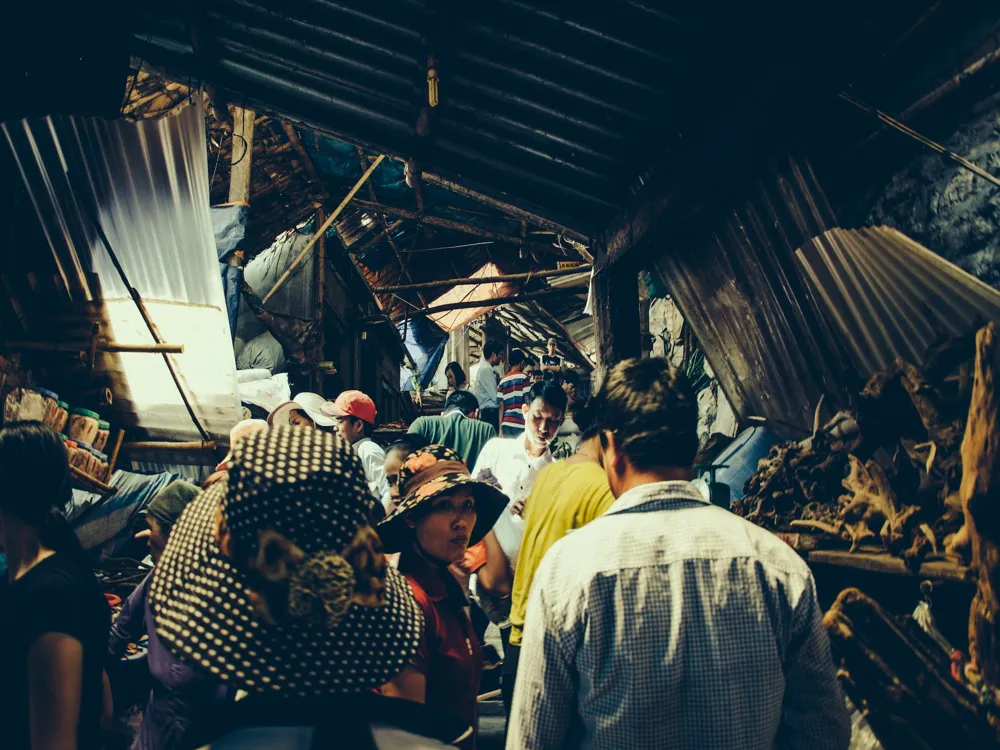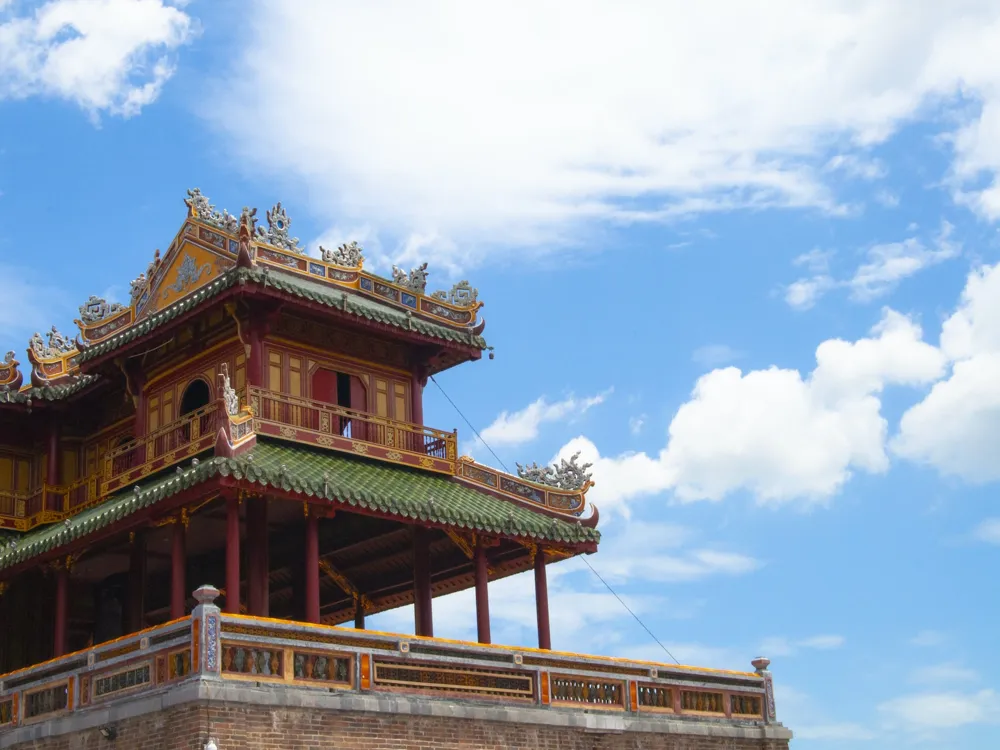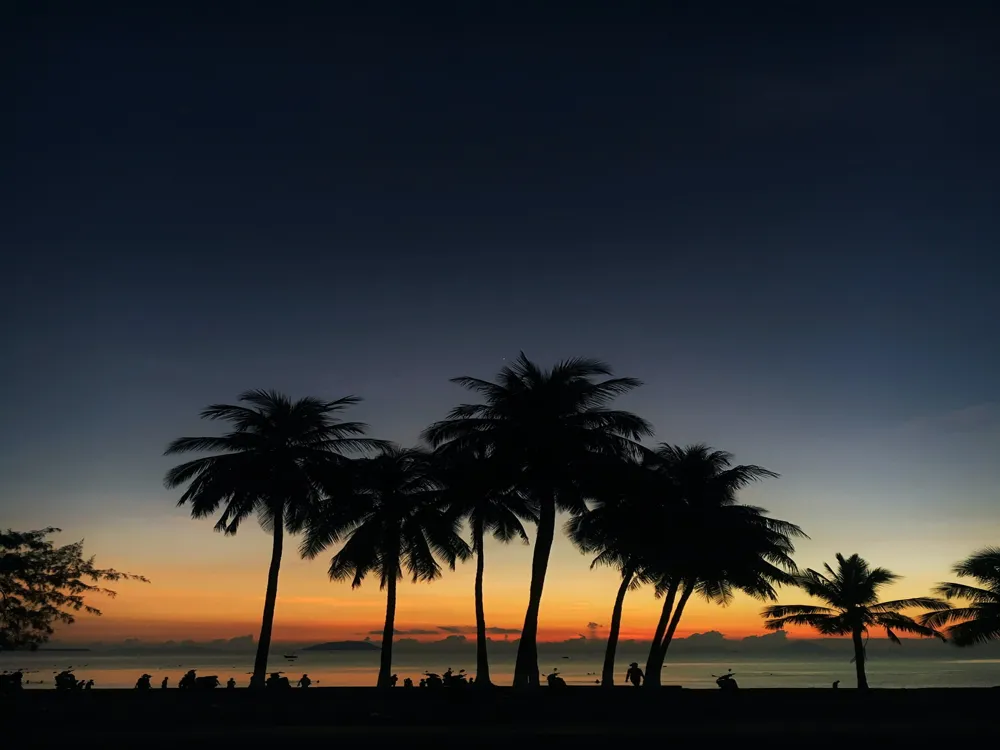Hanoi, the capital city of Vietnam, is a remarkable blend of traditional Southeast Asian charm and French colonial legacy. Its history dates back over a thousand years, making it one of the oldest capitals in the world. Hanoi is not just the political center of Vietnam but also a cultural and historical hub. The city's heart beats in its Old Quarter, where narrow streets and alleys are lined with quaint shop houses, temples, and street vendors, all bustling with the day-to-day life of the locals.
The city's landscape is a tapestry of architectural styles reflecting its historical layers. Ancient temples and pagodas stand alongside French colonial buildings and modern skyscrapers, creating a unique and dynamic urban environment. Hanoi is also a city of lakes, with Hoan Kiem Lake being its centerpiece, providing a peaceful respite from the urban bustle. The city’s rich history is visible in its well-preserved cultural sites such as the Temple of Literature, Ho Chi Minh Mausoleum, and the Imperial Citadel of Thang Long.
Hanoi's cuisine is another highlight, offering a culinary adventure with its street food and traditional Vietnamese dishes. The city's vibrant cultural scene is evident in its numerous festivals, museums, and theaters. Hanoi, thus, not only captivates its visitors with its remarkable heritage and architecture but also with its spirited atmosphere and welcoming people.
Hanoi's architecture is a fascinating amalgamation of cultural influences and historical periods, creating a unique urban landscape in Southeast Asia. At the heart of Hanoi's architectural heritage is its Old Quarter, where narrow streets are flanked by traditional tube houses. These houses are characterized by their narrow frontages and deep lengths, a design adapted to old taxation rules based on street frontage widths.
The French colonial period left a significant mark on Hanoi's architecture. The French introduced European architectural styles, resulting in grand boulevards and elegant villas that contrast with the traditional Vietnamese structures. Notable examples of French colonial architecture include the Hanoi Opera House and the St. Joseph's Cathedral, which are both excellent representations of Neo-Gothic and Neo-Classical styles, respectively.
In addition to these historical styles, Hanoi also embraces modern architectural designs. The city skyline features contemporary skyscrapers and buildings, reflecting Vietnam's rapid economic growth. This blend of old and new creates a dynamic and eclectic urban landscape, making Hanoi an architectural tapestry that tells the story of its rich history and bright future.
The ideal time to visit Hanoi is during the spring (February to April) or autumn (October to December) when the weather is pleasant with milder temperatures and less rainfall. These seasons offer the perfect climate for exploring the city and participating in outdoor activities.
Hanoi's traffic can be overwhelming for first-time visitors. Taxis and ride-hailing apps are widely available and affordable. For a more authentic experience, try riding a cyclo, a traditional three-wheeled bicycle taxi. Be mindful of traffic rules and always negotiate fares before starting your journey.
When visiting temples and pagodas, dress conservatively and remove your shoes before entering. It's also important to show respect by not pointing your feet towards the Buddha statues. Bargaining is common in markets, but do so politely. Learning a few basic Vietnamese phrases can also enhance your interactions with locals.
Hanoi is famous for its street food, but it's important to eat at busy stalls where the turnover of food is high, ensuring freshness. Drink bottled water and be cautious with ice. Regarding safety, Hanoi is relatively safe, but be aware of pickpockets in crowded places.
Hanoi is accessible by air, land, and rail. The Noi Bai International Airport is well-connected to major cities around the world. For regional travel, buses and trains connect Hanoi to other Vietnamese cities and neighboring countries. Within Vietnam, domestic flights are a quick way to reach Hanoi from other major cities.
Overview of Hanoi
Architecture of Hanoi
Tips When Visiting Hanoi
Best Time to Visit
Transportation Tips
Cultural Etiquette
Food and Safety
How To Reach Hanoi
One Pillar Pagoda
Hanoi
₹ 15,260 onwards
View hanoi Packages
Weather :
Tags : Buddhist Temple
Time Required : 1 hour
Planning a Trip? Ask Your Question
Hanoi Travel Packages
View All Packages For Hanoi
Top Hotel Collections for Hanoi

Private Pool

Luxury Hotels

5-Star Hotels

Pet Friendly
Top Hotels Near Hanoi
Other Top Ranking Places In Hanoi
View All Places To Visit In hanoi
View hanoi Packages
Weather :
Tags : Buddhist Temple
Time Required : 1 hour
Planning a Trip? Ask Your Question
Hanoi Travel Packages
View All Packages For Hanoi
Top Hotel Collections for Hanoi

Private Pool

Luxury Hotels

5-Star Hotels

Pet Friendly







